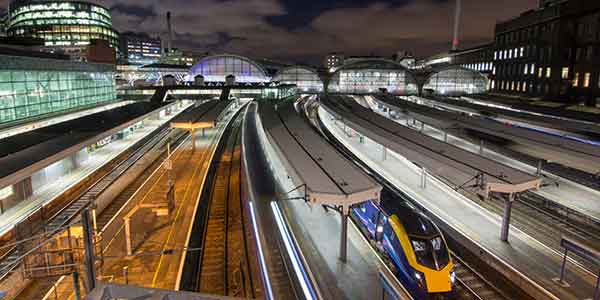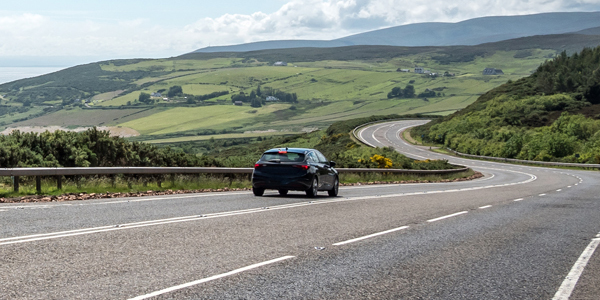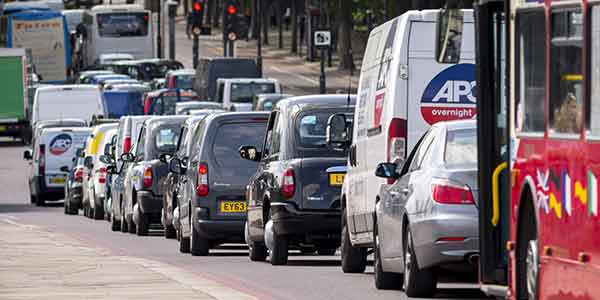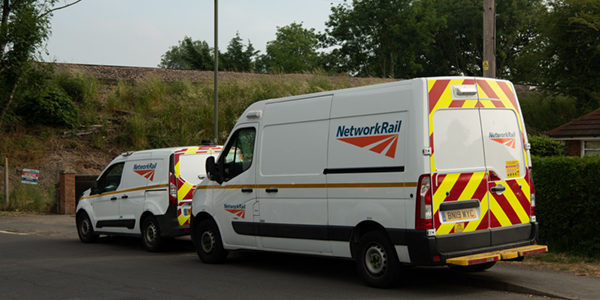Network Rail alone uses some 5,000 plus road vehicles, and its contractors considerably more. They are used to move plant and materials to work sites, and staff to and from home every day. Both passenger train operating companies (TOC) and freight operating companies (FOC) use taxis to get staff to the places they need to be. TOCs also use rail replacement buses to move passengers when services are disrupted - and taxis to ferry some less able passengers to their nearest accessible station.
Road risk affects every sector of the industry where people drive for work. Road risk, the results of a road traffic incident, will result in costs. And worse, can cause casualties and fatalities.
-
Here we provide resources to support:
- Leaders and senior managers, those with the responsibility for work-related road risk policy and management arrangements.
- Company Road Risk Champions (road vehicle fleet managers and Health and Safety managers), these people will be the focal point for road risk collaboration, and the organisation’s representative for DfBB and LHSBR.
- Managers of employees and employees who are driving road vehicles for work purposes or commuting to work, and workforce passengers in road vehicles.
-
Our primary aims are to help:
- Managers who are required to undertake risk assessment and to put in place control measures to protect the health and safety of their employees.
- Employees to understand the risk control measures in place to protect their health and safety.
Road risk resources

Road safety podcast

Registered
Road Traffic Collision Investigation Toolkit

Rail Health and Safety Strategy

Road Risk Collaboration

The Occupational Road Risk Management Charter

In the Headlights - Managing Road Risk

Premium
Road Risk Data and Analysis

Key Messages from Risk Groups

Driving for Better Business - Rail Sector Gateway

Premium
Managing Occupational Road Risk Related to Fatigue


